In recent years, the use of solar energy has gained significant popularity due to its cost-saving benefits and environmentally friendly nature. One innovative way to harness solar power is through a DIY solar water heater, utilizing a simple yet effective component – the black hose. In this article, we will explore the benefits, installation process, and maintenance tips for building your own solar water heater using a black hose.
solar water
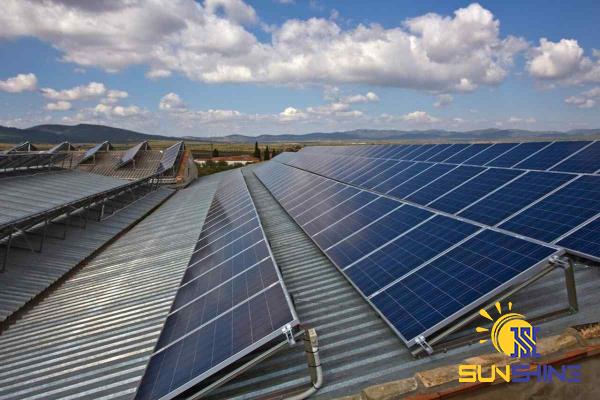 1. The Benefits of Utilizing a Black Hose: When it comes to solar water heaters, the key element is the material used to absorb solar energy. A black hose, preferably made of rubber or polyethylene, is an excellent choice due to its ability to absorb and retain heat efficiently. The dark color of the hose allows it to absorb more sunlight, converting it into thermal energy that heats the water inside. 2. Installation Process: Building a DIY solar water heater with a black hose is a relatively simple and cost-effective project. Here’s a step-by-step guide to get you started: a) Location Selection: Choose a suitable location for your solar water heater.
1. The Benefits of Utilizing a Black Hose: When it comes to solar water heaters, the key element is the material used to absorb solar energy. A black hose, preferably made of rubber or polyethylene, is an excellent choice due to its ability to absorb and retain heat efficiently. The dark color of the hose allows it to absorb more sunlight, converting it into thermal energy that heats the water inside. 2. Installation Process: Building a DIY solar water heater with a black hose is a relatively simple and cost-effective project. Here’s a step-by-step guide to get you started: a) Location Selection: Choose a suitable location for your solar water heater.
Specifications of solar water
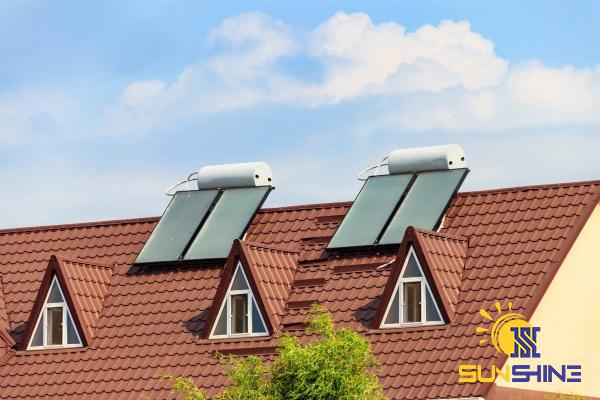 Ideally, it should receive maximum sunlight exposure throughout the day. The roof or the south-facing side of a building are often good options. b) Materials Needed: Besides the black hose, you will need plumbing pipes, a water storage tank, a circulation pump (optional), a temperature gauge, valves, insulating material, and relevant hardware. c) System Design: The basic design includes connecting the black hose in a serpentine pattern on a flat surface or a slope. Ensure that the hose is tightly secured to prevent leaks.
Ideally, it should receive maximum sunlight exposure throughout the day. The roof or the south-facing side of a building are often good options. b) Materials Needed: Besides the black hose, you will need plumbing pipes, a water storage tank, a circulation pump (optional), a temperature gauge, valves, insulating material, and relevant hardware. c) System Design: The basic design includes connecting the black hose in a serpentine pattern on a flat surface or a slope. Ensure that the hose is tightly secured to prevent leaks.
buy solar water
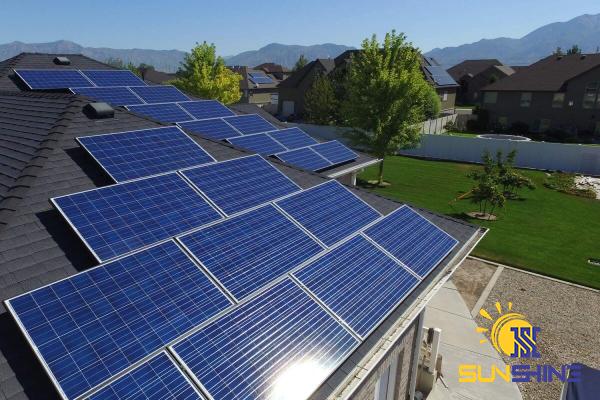 d) Connecting the Circulation System: If you opt to include a circulation pump, connect it to the pipe system. This will facilitate the movement of water from the storage tank through the black hose and back. e) Water Storage Tank: Attach the water storage tank to the circulation system. This tank will store the heated water for later use. f) Insulation: Insulate the pipes and the water storage tank to minimize heat loss. This will help maintain the temperature of the water.
d) Connecting the Circulation System: If you opt to include a circulation pump, connect it to the pipe system. This will facilitate the movement of water from the storage tank through the black hose and back. e) Water Storage Tank: Attach the water storage tank to the circulation system. This tank will store the heated water for later use. f) Insulation: Insulate the pipes and the water storage tank to minimize heat loss. This will help maintain the temperature of the water.
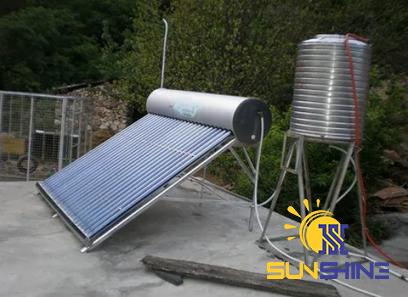
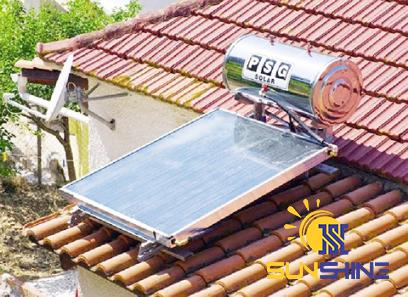
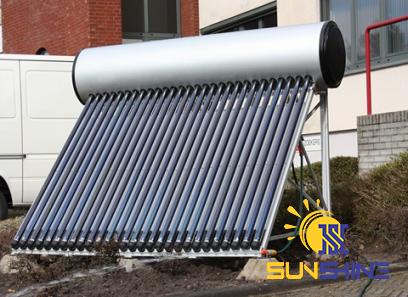
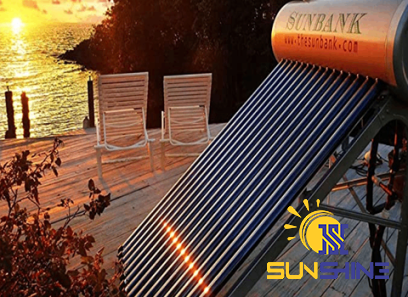
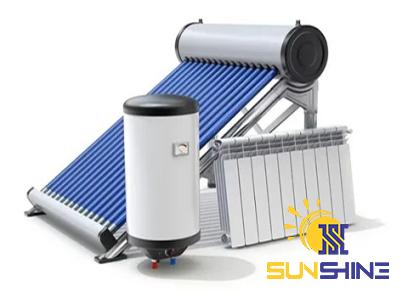
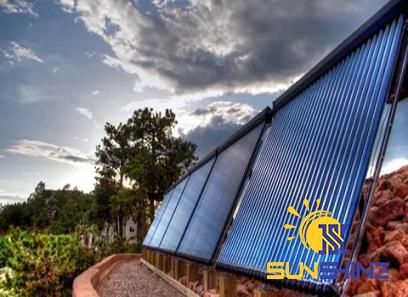
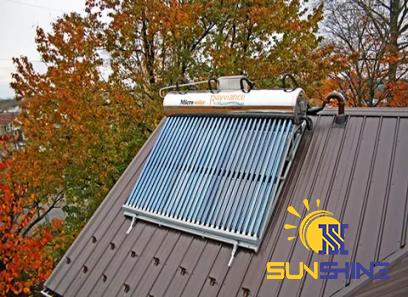
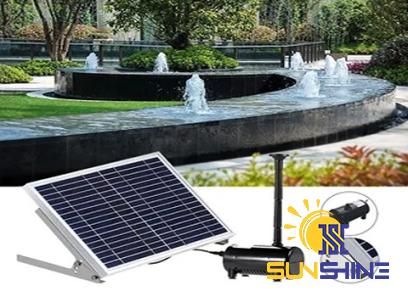
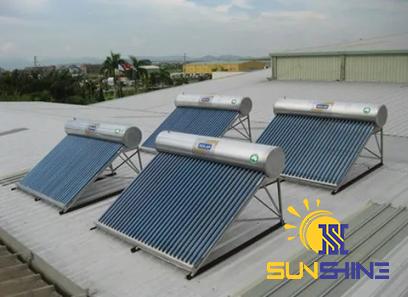
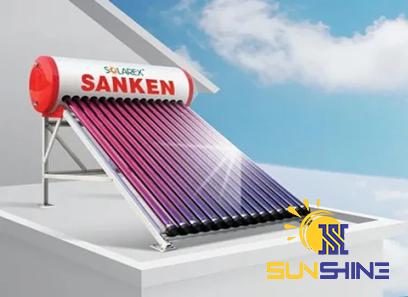
Your comment submitted.